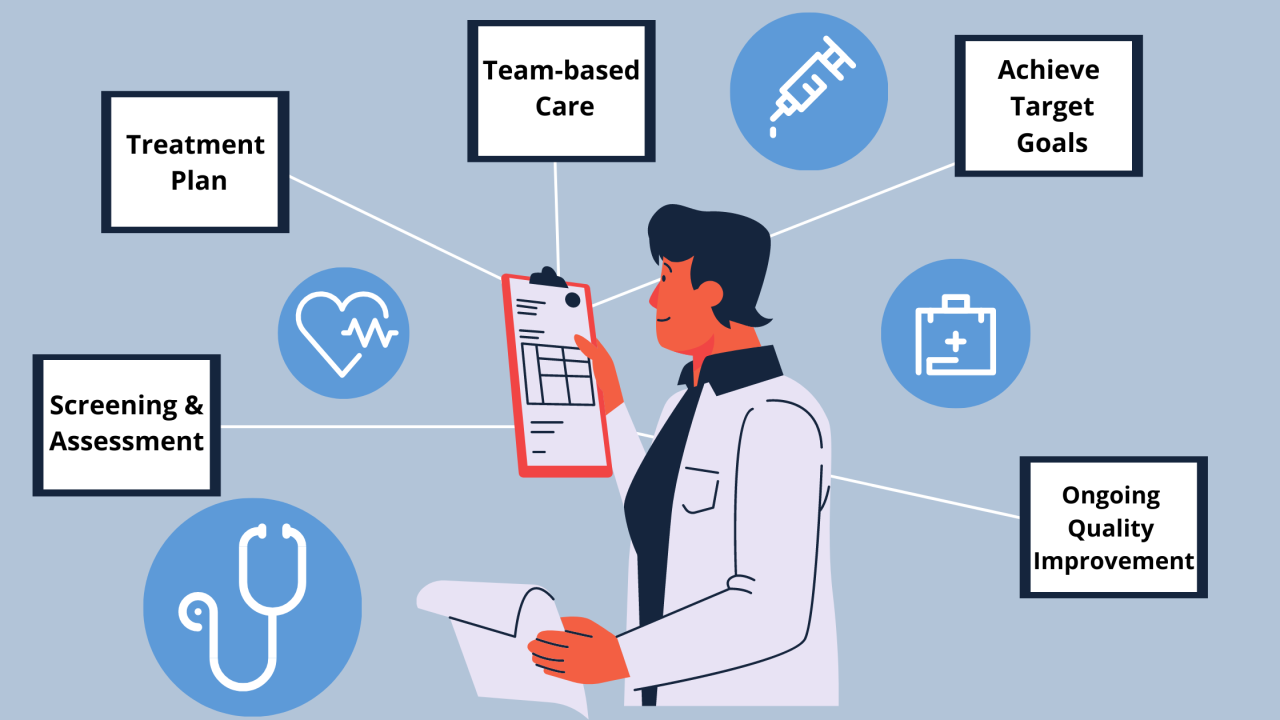Clinical Pathways in USA are a system of healthcare delivery that allows for coordinated care and improves patient outcomes. Clinical pathways are designed to ensure that patients receive the most appropriate care and treatment from a variety of healthcare providers. Clinical pathways help to improve patient care by identifying best practices and linking patients to the resources they need to receive the best possible care. By using clinical pathways, healthcare providers can better manage patient care and improve patient outcomes. Clinical pathways in the USA were developed in response to the growing trend of patient-centered care. Patient-centered care emphasizes the importance of the patient’s perspective and their role in their own healthcare. Clinical pathways help to ensure that patients receive the best possible care by linking patients to the resources they need. By using clinical pathways, healthcare providers can better manage patient care and improve patient outcomes. Clinical pathways in the USA are a system of healthcare delivery that allows for coordinated care and improved patient outcomes. Clinical pathways are designed to ensure that patients receive the most appropriate care and treatment from a variety of healthcare providers. Clinical pathways help to improve patient care by identifying best practices and linking patients to the resources they need to receive the best possible care.

What is the clinical Pathway Process?
The Clinical Pathway process is a standardized approach to care that is designed to improve patient outcomes and reduce costs. Clinical pathways are evidence-based, interdisciplinary care plans that provide a framework for the delivery of high-quality, cost-effective care.
The clinical pathway process begins with the identification of patients who would benefit from a clinical pathway. Once these patients are identified, the clinical pathway is implemented. The clinical pathway is then monitored and evaluated on an ongoing basis to ensure that it is working as intended.
There are many benefits to using clinical pathways, including improved patient outcomes, reduced length of stay, and reduced hospital readmissions. Clinical pathways can also help to standardize care and improve communication between providers.
What is an example of a Clinical Pathway?
A Clinical Pathway is an evidence-based, multidisciplinary approach to patient care that defines the expected outcome of a particular condition or set of circumstances. Clinical pathways are designed to improve the quality of care and patient outcomes, while reducing variation and cost.
In the United States, clinical pathways are most commonly used in the hospital setting, though they are also being developed for use in other care settings, such as skilled nursing facilities, home health, and ambulatory care.
There is no one-size-fits-all clinical pathway, as they must be tailored to the specific condition being treated, the resources available, and the patient population. However, all clinical pathways share some common features, such as:
A focus on evidence-based care: Clinical pathways are based on the best available evidence, including clinical studies, expert consensus, and national guidelines.
A multidisciplinary approach: Clinical pathways involve a coordinated team of providers from different disciplines, working together to provide the best possible care.
A focus on quality and outcomes: Clinical pathways are designed to optimize patient outcomes, while reducing variation and cost.
A clear and concise format: Clinical pathways are typically presented in a step-by-step format, making them easy to follow and implement.
Clinical pathways are an important tool in the effort to improve the quality and efficiency of healthcare. By providing a clear and evidence-based approach to care, clinical pathways can help to ensure that patients receive the best possible care, while reducing unnecessary variation and cost.
How many Clinical Pathways are there?
A clinical pathway is a care plan that details the most efficient way to treat a particular condition or disease. Clinical pathways are based on best practices and evidence-based medicine, and they aim to improve patient outcomes while reducing costs.
There are many different clinical pathways, each tailored to a specific condition or disease. Some common clinical pathways include those for heart disease, cancer, and diabetes.
Why do hospitals use Clinical Pathways?
A clinical pathway is an evidence-based, multidisciplinary plan of care that standardizes the management of specific conditions to improve patient outcomes, safety and experience while reducing the cost of care.
Hospitals use clinical pathways to ensure that patients receive the best possible care while also reducing the cost of care. Clinical pathways help to standardize care and make sure that all members of the care team are on the same page. They also help to ensure that patients receive the most appropriate care for their condition.
There are many benefits to using clinical pathways, including:
• Improved patient outcomes: Clinical pathways help to ensure that patients receive the best possible care for their condition. Patient outcomes may be improved as a result of this.
• Improved patient safety: Clinical pathways help to standardize care and make sure that all members of the care team are on the same page. This can lead to improved patient safety.
• Improved patient experience: Clinical pathways help to ensure that patients receive the most appropriate care for their condition. This can lead to improved patient experience.
• Reduced cost of care: Clinical pathways can help to reduce the overall cost of care by ensuring that patients receive the most appropriate care for their condition.
What is the main purpose of Clinical Pathways?
Clinical pathways are a tool that is used to guide the delivery of care for a patient with a specific diagnosis. They are developed by a team of clinicians and are based on best practices. Clinical pathways are designed to improve the quality of care and reduce variation in the delivery of care. They can also be used to reduce the length of stay for a patient in the hospital.

